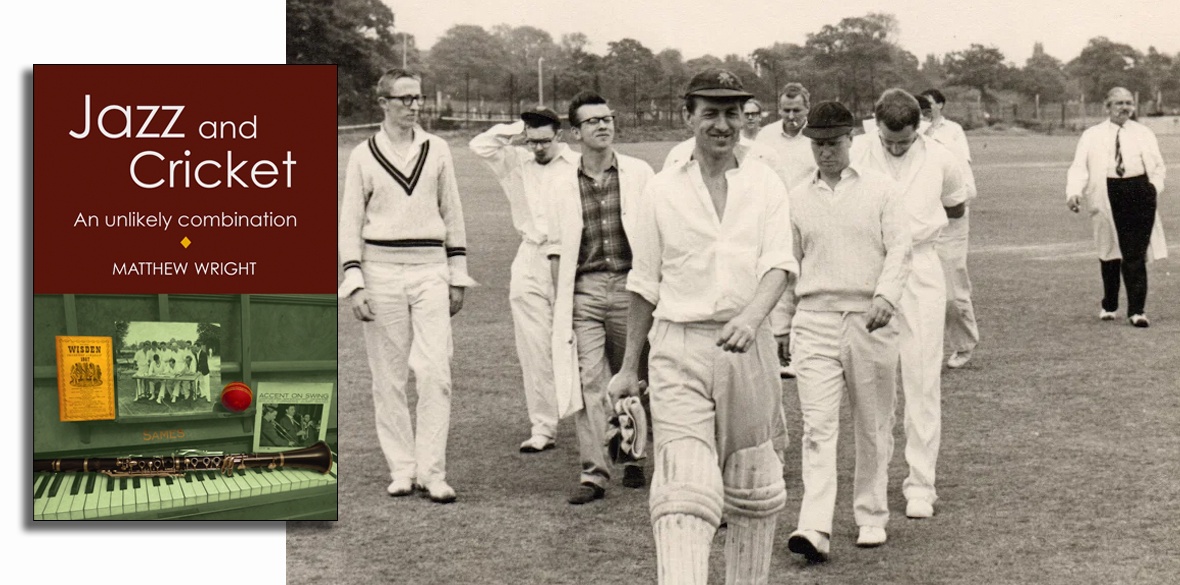This is the last article you can read this month
You can read more article this month
You can read more articles this month
Sorry your limit is up for this month
Reset on:
Please help support the Morning Star by subscribing here
AS A jazz lover and fanatical cricketer who played his last match two years ago at the age of 76, I have often mused on times when the two pursuits seem to have been in sync with each other.
Was it when Jim Laker’s 19 wickets at Old Trafford in 1956 — with Australian batsmen walking out to the wicket and back to the pavilion in repeated misery — created an Aussie Blues and Tubby Hayes, Ronnie Scott and their friends recorded the joyous Laker’s Day at London’s Marquee Club?
Or when Gordon Greenidge’s double century and his fantastic square cutting at Lord’s in 1984 rose out of the match like a joyous stomp to win victory for the West Indies?
Or how Devon Malcolm at the Oval in 1994 bowled out the residual white South Africans with his brilliant 9-57, a solo performance of speed and struggle which made Nelson Mandela call him “the Destroyer.”
I saw them all in jazz terms and reading Matthew Wright’s compendium of jazz and cricket writings is like finding a kindred spirit.
Improvisation, unpredictability, ensemble unity and solo excellence are integral to both forms of artistry and Wright understands this with true perceptiveness. For him, a moment of batting, bowling or fielding brilliance is ”just like Bubber Miley or Johnny Hodges during a solo in front of the full Duke Ellington Orchestra.”
I had the same feeling when I heard alto saxophonist Hodges play Star-crossed Lovers from the Shakespeare suite Such Sweet Thunder, with Ellington’s orchestra in full and beautiful fettle, at the Leeds Grand Theatre in 1963. Jazz, cricket and Shakespeare was rocking my soul.
The author writes about early Caribbean and African jazz-cricketers such as trumpeter Pankey Alleyne and multi-instrumentalist Tunji Sowande or the cricketing fortunes of Patrick “Spike” Hughes, who, after some years of high-profile cricket, went to the US in 1933.
There he teamed up with jazz impresario John Hammond and made a series of historic recordings with a band of the finest jazz musicians of the era, Red Allen, Benny Carter, Coleman Hawkins and Dickie Wells included.
There's an insightful chapter on South African jazz during the apartheid era, when its black cricketers were barred from ever representing their country, and an entertaining section about the Ravers, a cricket club of jazz musicians and enthusiasts led by former Lancashire wicket keeper Frank Parr.
During the 1950s and ’60s, it included jazz virtuosos like Wally Fawkes, Bruce Turner and Sandy Brown among its regulars and, in a moving passage, Wright recalls the love of cricket of the blind pianist George Shearing, a frequent attender at test matches.
Published by Cadillac, £10.









